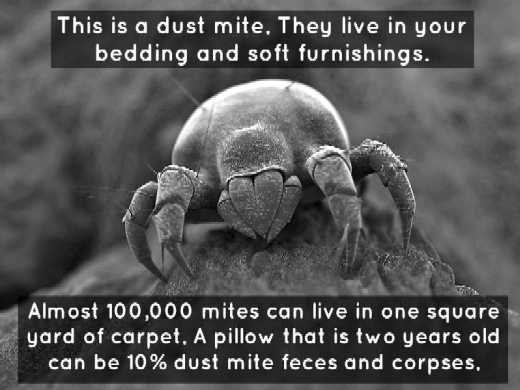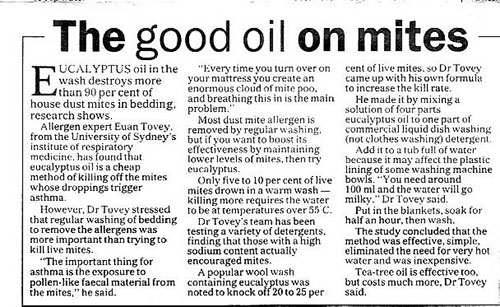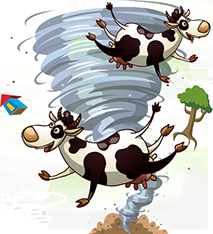Dust Mite Treatment

The house dust mite gets its name from its habitat – household dust. The main component of dust is shed skin flakes, which is the mite’s preferred food source. Areas around the home that are heavily used, such as beds and upholstered furniture, will have much higher mite populations than the rest of the house.The most common type of dust mite found in Australian homes is Dermatophagoides pteronyssinus, which tends to prefer coastal rather than inland areas. This mite has been associated with dermatological and respiratory allergies in humans, such as eczema and asthma. However, there is no single, definitive sign that house dust mites trigger a person’s allergy symptoms. Asthma, for example, can be triggered by a range of other indoor allergens such as fungi (moulds) or animal dander (dander is fluff from hair, fur or feathers).

Symptoms of allergic reaction to house dust mites
House dust mites can trigger respiratory or dermatological conditions including asthma and eczema. Symptoms can include:
- Wheezing
- Coughing
- Breathlessness
- A tight feeling in the chest
- Runny nose
- Itchy nose
- Itchy eyes
- Itchy skin
- Skin rashes







